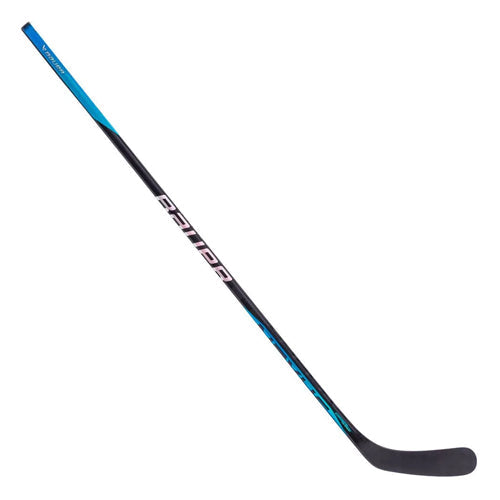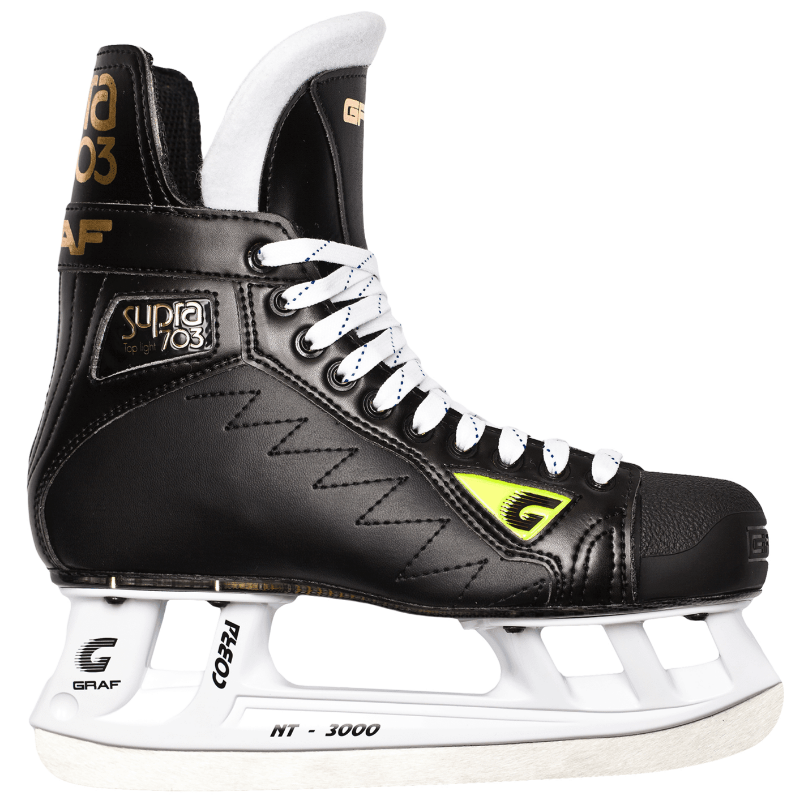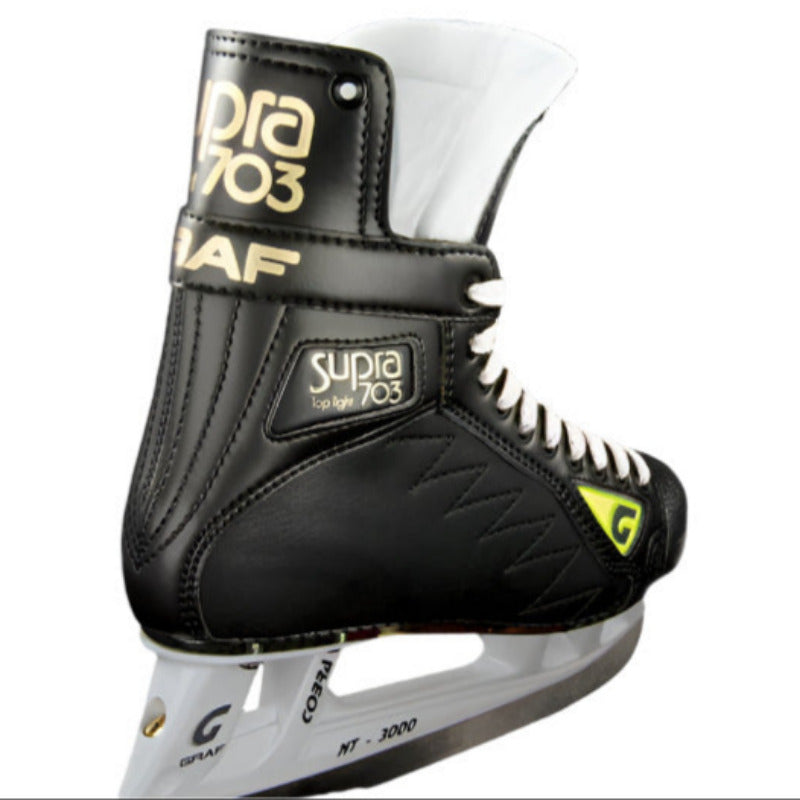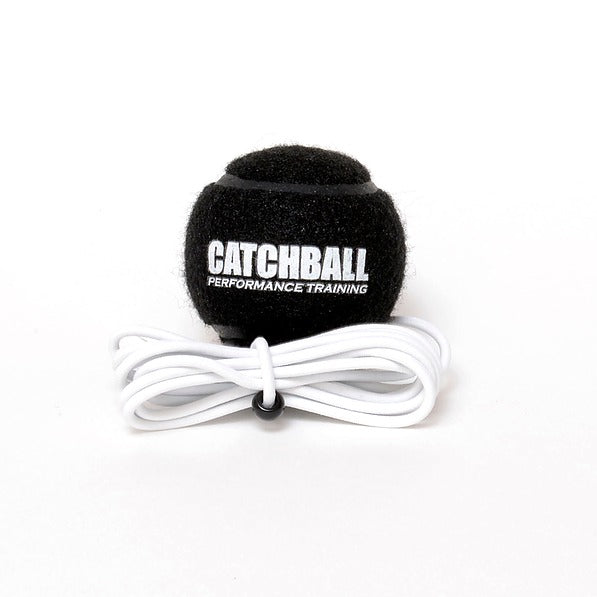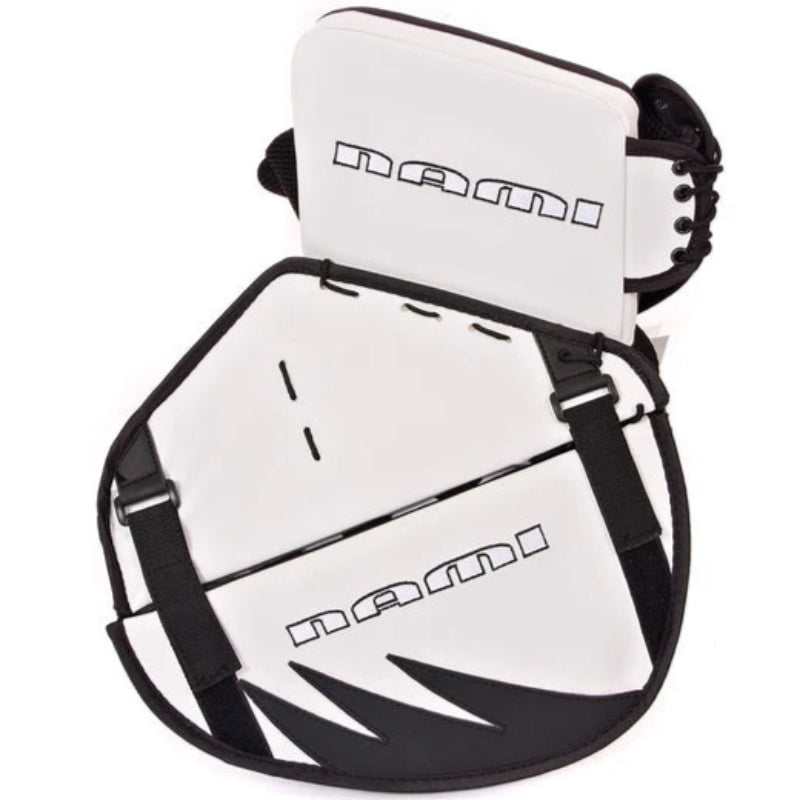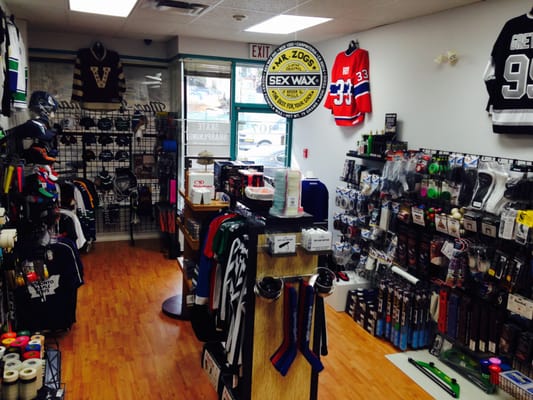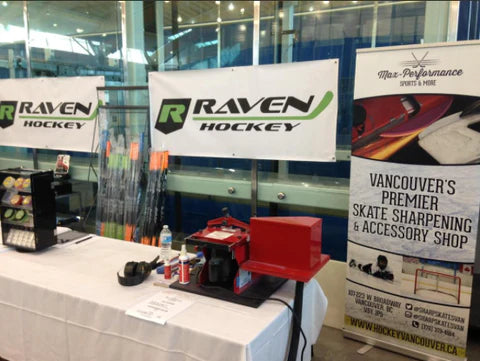The Bauer PROTO-R Grip Hockey Stick is a high-performance stick designed for elite players seeking precision and power.
It features advanced carbon layering technology, making it both lightweight and durable.
The stick's optimized flex profile provides excellent energy transfer during shots, allowing for powerful and quick releases.
Its Ergo+ shaft geometry offers a comfortable grip, enhancing puck control and handling, while the grip texture ensures a secure hold for precise movements.
With the HyperLite blade core, players experience improved puck feel and accuracy.
The stick is ideal for players looking to enhance their game with superior control and shot power.
FEATURES:
- Advanced carbon layering technology
- Lightweight and durable
- Optimized flex profile
- Ergo+ shaft geometry
- HyperLite blade core
Blade Curve Comparison Chart
Blade curves significantly impact a player's shooting, passing, and stickhandling. Choosing the right pattern can enhance performance and complement individual playing styles.
Finding the right curve can take some trial and error, but selecting one suited to your style will improve your overall game.
Blade Curve Comparison Chart
Blade curves significantly impact a player's shooting, passing, and stickhandling. Choosing the right pattern can enhance performance and complement individual playing styles.
Finding the right curve can take some trial and error, but selecting one suited to your style will improve your overall game.
|
P92, P92M |
P29 |
TC2, TC2.5 |
W03 |
|
P88 |
P88 |
IC, MC, MC3 |
W88 |
|
P28 |
P28 |
TC4 |
W28 |
|
P14 |
P30 |
T1, T3, T5 |
W71 |
|
PM9 |
- |
MC2 |
- |
|
- |
P20, P05 |
HCS, HCR |
W05 |
|
P90TM |
P90TM |
- |
- |
Stick Sizing Basics
Selecting the right hockey stick depends on personal preference, but factors like height, weight, and age also play a role. Sticks come in Senior, Intermediate, Junior, and Youth sizes, each with different shaft dimensions and flex options. Junior and Youth sticks have smaller shaft diameters, making them easier for young players to handle and control.
While sticks can be cut down to adjust for height, choosing one that’s too long or has the wrong flex can negatively impact performance. Junior sticks sometimes vary in length depending on flex, so it's important to compare stick sizes to the player’s height before purchasing.
Understanding Flex
Flex is measured in numbers, which represent the pounds of force needed to bend the stick. A stick that’s too stiff makes shooting difficult, while one that’s too soft reduces shot power. Young players should choose a flex that allows them to fully load the stick for accurate, powerful shots.
Personalizing Stick Length
Stick length is largely a matter of preference, but a good starting point is measuring with shoes off. Place the stick upright with the toe on the ground—for most players, it should reach between the mouth and nose. For kids who are still growing, eye level is the recommended maximum.
When cutting a stick:
- Mark the shaft at the desired height and cut it down.
- Reinsert the end plug to prevent an open composite top.
- Remember: Cutting a stick makes it stiffer—every inch removed increases stiffness by about 3%.
If unsure, start with a small cut, as you can always shorten it further later.
Key Stick Features
Flex Options
- A properly chosen flex allows players to generate power without losing control.
- If a stick is too stiff, shots lack power; if too soft, shots lose accuracy.
Curve Options
- Sticks come in various blade curves to suit different play styles.
- Refer to our blade pattern chart for more details.
Kick Point Options
- Mid-Kick: Flexes in the middle for powerful shots, ideal for slap shots.
- Low-Kick: Flexes near the blade for a quick release, great for wrist and snap shots.
By choosing the right stick length, flex, and kick point, young players can maximize their performance on the ice.
Use collapsible tabs for more detailed information that will help customers make a purchasing decision.
Ex: Shipping and return policies, size guides, and other common questions.

